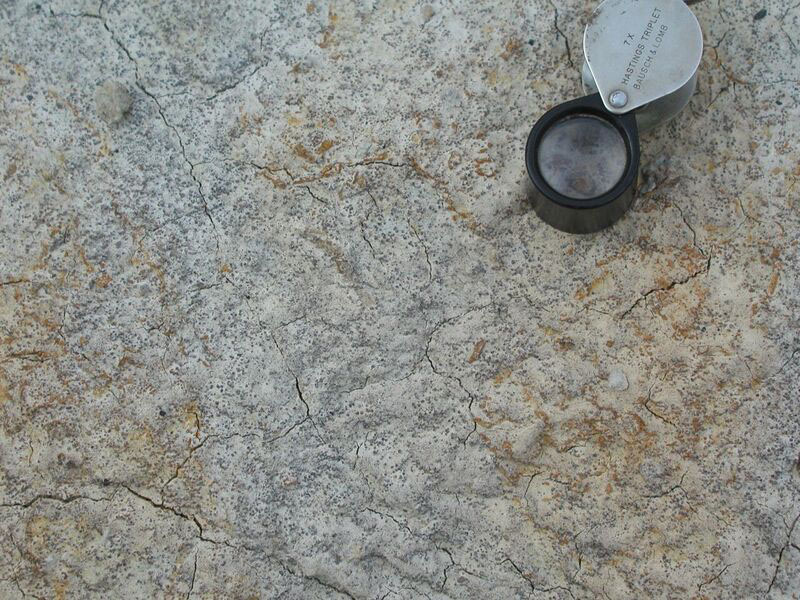Siderite Paleosols
Reconstruction of the N-S Early Eocene temperature gradient based on Siderite Paleosols in a Transect from Alaska to Tierra del Fuego
The current and projected climate warming due to anthropogenic CO2 emissions is generally accepted, but its magnitude and, in particular the meridional gradients in temperature to be expected in a “greenhouse world” are still poorly constrained. The Eocene period (56-34 My ago) is the most recent period in Earth history when CO2 concentrations in the atmosphere were closest to those predicted for future scenarios (600-1500 part per million). With this project we aim at reconstructing continental temperatures and the meridional temperature gradient of the Early Eocene based on a transect of 16 well-dated siderite palaeosols across the American continent, from Alaska to Tierra del Fuego in southern Argentina.
We use clumped isotope thermometry in the siderite, to reconstruct soil and mean air temperatures as well as the isotopic composition of the meteoric waters from which the carbonates have formed. To complement these data we will use other geochemical proxies such as the MBT-CBT index, which, is based on the distribution of branched Tetraethers produced by soil bacteria, to verify the temperatures obtained with the clumped isotopes. Finally we will determine the hydrogen isotope composition of organic compounds derived from plant waxes, to constrain the hydrogen isotope composition of meteoric waters along the latitudinal gradient. We expect to produce the first comprehensive reconstruction of a meridional gradient of continental temperatures for the Early Eocene, and provide strong constraint on the oxygen and hydrogen isotope composition of precipitation. By combining these results with available reconstructions based on other terrestrial records and marine sediments, we expect to produce a solid reconstruction the latitudinal gradients in temperature and isotopic composition of precipitation for the Early Eocene. These data can be used for data-model comparison studies to evaluate the ability of climate models to simulate warm climates under high pCO2 conditions, for which there is no analogue in the more recent past.
This study is in collaboration with Dr. Tim White at Pennsilvania State University.

